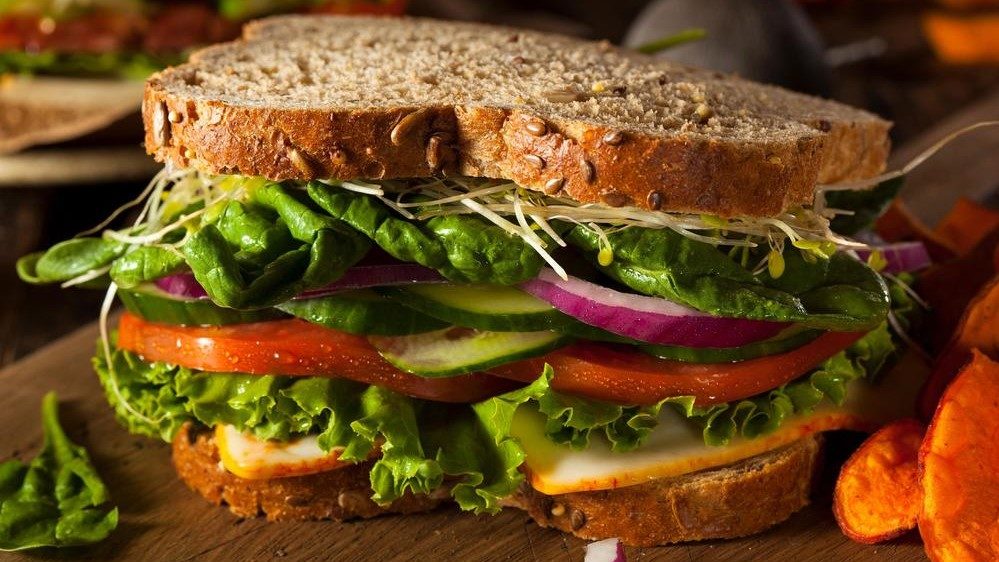You might be thinking, “Isn’t this the name of a Subway footlong?”. Well, you’re not wrong, but before it became a franchise sandwich, Veggie Delight was a healthy stir-fry dish available in most Chinese households or vegetarian restaurants.
Many might recognise it from its alternative moniker – Buddha’s Delight, or Luo Han Cai.
What is Veggie Delight?
As inferred from the name, Veggie Delight is simply a vegetable stir-fry, made specifically during special occasions like the Lunar New Year and Ching Ming. It is sometimes called Budhha’s Delight in reference to the vegetarian diet that is encouraged in Buddhism and widely adopted for religious Buddhists today.
Religious connotations aside, Veggie Delight brings about a myriad of textures depending on the ingredients used, with some recipes calling up to over 30 types of vegetables, including but not limited to cabbage, bamboo shoots, bean curd sticks and more.
There is no “correct” way of putting together a Veggie Delight. In fact, the only rule to follow is that the dish remains meat-free. The ingredients are tossed in a soy sauce base – either oyster sauce or mushroom sauce – until all the vegetables become tender before it is ready to be served.
History of Veggie Delight
Before delving into the origins of the vegetable stir-fry, we must first briefly explore the arrival of Buddhism in Chinese culture.
To begin, when Buddhism first appeared in China between 206BC and 220BC, it brought about a significant influence on Chinese society and its culture. One major aspect that was affected was the dietary practices. In Buddhism, it is considered bad karma to consume the flesh of animals. Therefore, a vegetarian diet was then adopted by practising monks and Buddhists.
The drastically increased the use of vegetables and creating dishes that were vegetarian-friendly. The Veggie or Buddha Delight was a result of such an influence. However, over time, as Chinese migrants crossed borders, the strict vegetarian diet was not practised and adopted as often.
Though in recent years, it has become common practice in Chinese households to consume the dish on the first day of the Lunar New Year as a form of self-purification and to start the new year with good karma and energy. Not to mention, the cleansing properties of a vegetarian diet that will come in useful, especially after indulging in the New Year’s Eve feast.
Significance of Ingredients
With most traditional Chinese dishes, there are often symbolic or auspicious meanings to the ingredients. The Buddha’s delight is perhaps the most symbolic of all that sits on the dinner table.
For example, bamboo shoots are associated with wealth and new beginnings, cabbage with prosperity and noodles, thanks to the shape and length, to represent longevity.
Fried bean curd, due to its colour and resemblance to ingots, is known for signifying gold and wealth, while snow peas and carrots are said to bring about unity and good luck respectively.
Though it can be tempting to keep adding vegetables as a way to increase the symbolism and good luck, it is important to not use too many vegetables as that can complicate the flavours of what is supposed to be a simple and cleansing delight.
Have a Veggie Delight Today
As with any stir-fry, a hearty plate of Veggie Delight is easy enough to put together in under 10 minutes, that is if you don’t count preparation time.
If you’re not one to get your hands dirty with washing, chopping, and slicing, you can get on foodpanda now to find the nearest restaurant serving up this dish!
